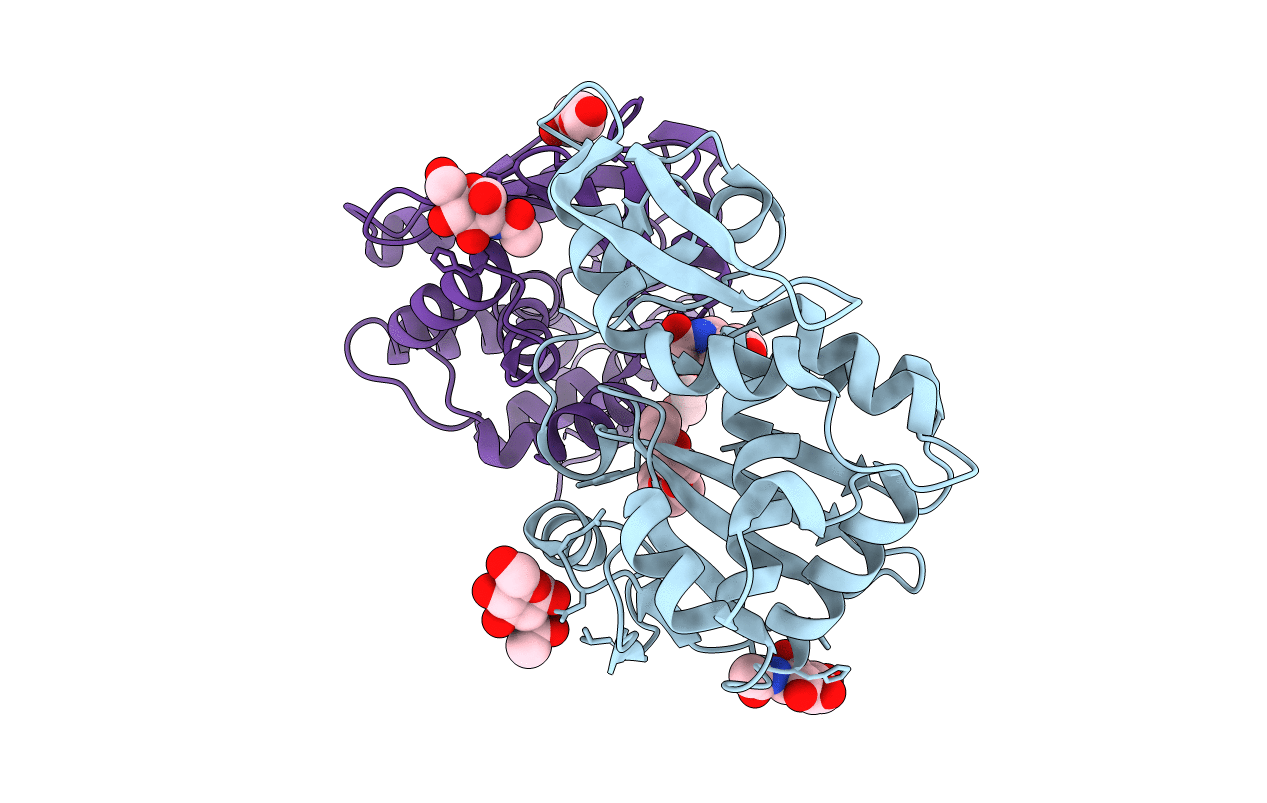
Deposition Date
2007-01-31
Release Date
2007-05-29
Last Version Date
2024-12-25
Entry Detail
PDB ID:
2OQA
Keywords:
Title:
X-ray Sequence and Crystal Structure of Luffaculin 1, a Novel Type 1 Ribosome-inactivating Protein
Biological Source:
Source Organism:
Luffa acutangula (Taxon ID: 56866)
Method Details:
Experimental Method:
Resolution:
1.40 Å
R-Value Free:
0.23
R-Value Work:
0.21
R-Value Observed:
0.21
Space Group:
P 1


